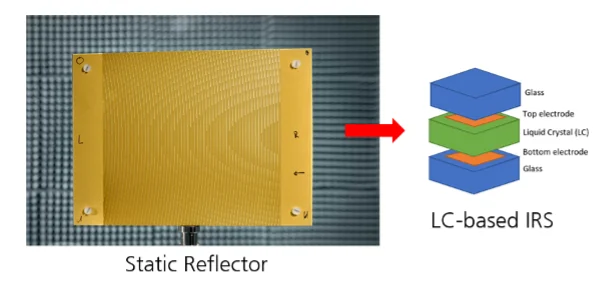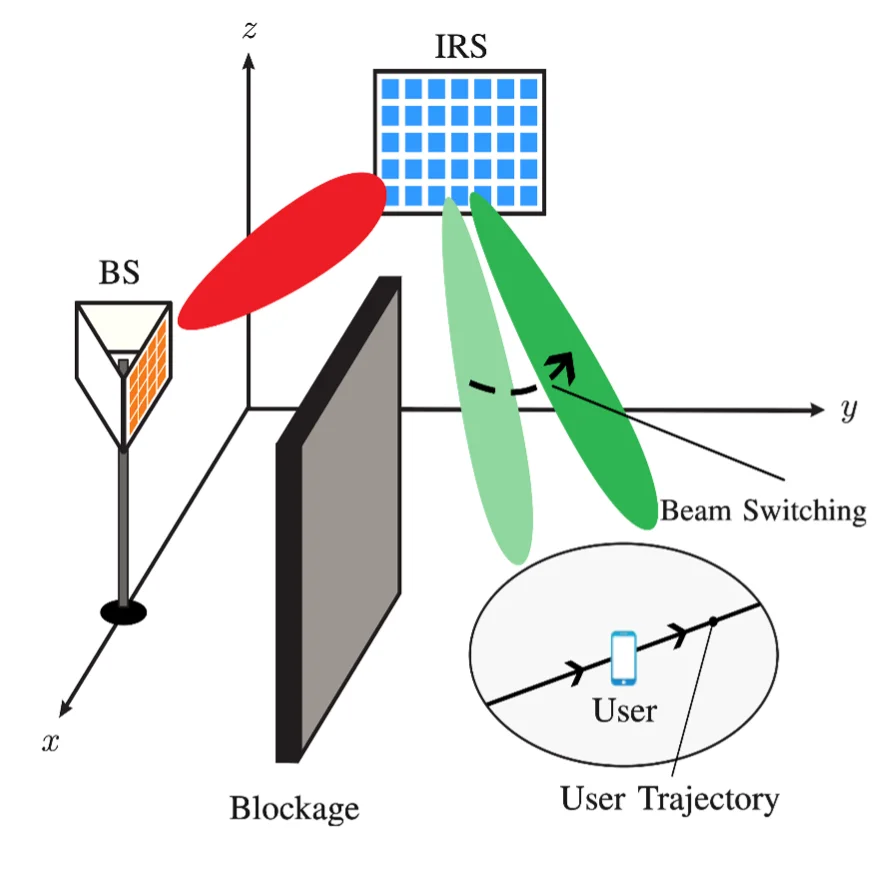The emergence of Reconfigurable Intelligent Surfaces (RIS) marks a paradigm shift challenging the conventional wisdom that the “channel is given”. By offering the ability to manipulate the effective channel without traditional radiating elements, RIS present a host of advantages. Firstly, their passive nature eliminates the need for costly RF chains, rendering hardware both cheaper and simpler. Additionally, the absence of new electromagnetic emissions makes RIS environmentally friendly and streamlines licensing procedures compared to active transmitters. Moreover, their remarkably low energy consumption opens doors to standalone operation, potentially powered by renewable sources like solar panels. Despite the unprecedented growth in research on RIS, practical applications in wireless communication are still in their infancy. This TIA summarizes the vision of the 6G-RIC on the topic of smart radio environments based on RISs. We identify the key challenges and opportunities within each technical domain relevant to IRS-assisted communication, with a critical investigation of the assumptions typically made in the literature. In this context, the definitions of suitable use cases, the development of corresponding simulation environments, the development of RIS hardware, and the design and investigation of hardware demonstrators of IRS-assisted systems are elaborated.

Despite the unprecedented growth in research on RIS, practical development of RIS-assisted wireless networks are still very much in their infancy. Hardware implementation is a core part that helps to investigate the RIS performance in a reality. Moreover, this enables us to conduct measurements and consequently benefit from the measurement to characterize RIS and obtain more realistic models. The outcomes of these studies will serve as a basis for signal processing and algorithm design.

From a software perspective, the control and signal processing of RIS are approached at two levels. We delve into RIS adaptation, tackling challenges such as channel estimation, beamforming, and overall RIS control. With the intricate nature of RIS, comprising numerous passive elements and involving mixed-integer optimization problems, these tasks present significant hurdles. Additionally, our research delves into the integration of RIS into wireless networks, treating RIS as a new network component and developing interaction mechanisms with other network elements. A primary objective of our 6G-RIC investigations is to facilitate the utilization of RIS within networks to enhance reliability while optimizing energy consumption, as well as minimizing network CAPEX and OPEX.

A system-level simulator for RIS is a cornerstone in modern telecommunications research and development. It provides a virtual environment to analyze and optimize intricate interactions among network components, serving as a vital platform for engineers and researchers. These simulators enable exploration of diverse network configurations, protocols, and algorithms, offering insights into system behavior across various scenarios. Additionally, they play a pivotal role in designing and testing new technologies, fostering innovation in wireless communication systems. Within our research, we develop a scalable simulator tailored to specific use cases, showcasing RIS performance and addressing key questions such as placement and protocol development.

Fraunhofer Heinrich-Hertz-Institut, HHI
Prof. Dr.-Ing. Slawomir Stanczak
Einsteinufer 37
D–10587 Berlin
E-Mail: info@6g-ric.de